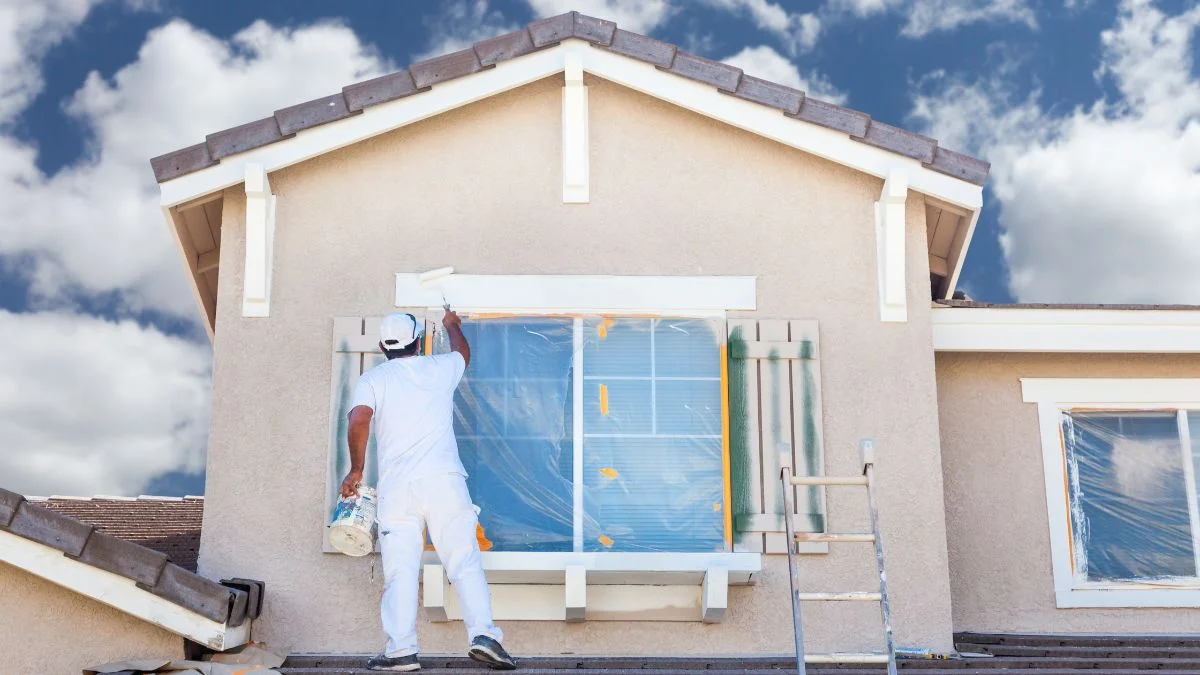Thinking about remodeling your home? Whether you’re planning a kitchen makeover, a bathroom refresh, or a complete room transformation, remodeling can be an exciting yet overwhelming process. Before you dive into your project, proper planning is key. After all, a well-thought-out plan is what separates a dream home remodel from a remodeling nightmare.
In this guide, we’ll walk you through 10 essential tips to ensure your home remodeling project goes off without a hitch. From defining your vision to working with the right contractors, these tips will help you navigate the process with confidence. Let’s get started!
1. Define Your Remodeling Goals
The first step in any successful home remodeling project is understanding why you want to remodel. Are you updating your kitchen for better functionality, modernizing your bathroom, or creating more space for your growing family? Defining your goals will not only guide your design choices but also keep your project focused.
Example:
Sarah, a homeowner in Austin, wanted to remodel her kitchen to create more space for family gatherings. By setting a clear goal—maximizing the space for entertaining—she was able to choose an open-concept design that made her kitchen the hub of her home.
2. Set a Realistic Budget
Home remodeling projects can quickly become expensive. Setting a realistic budget upfront helps you avoid overspending. Be sure to factor in both material and labor costs, as well as a buffer for unexpected expenses (usually 10-20%).
Pro Tip:
Research the average cost for similar remodeling projects in your area to get a sense of what to expect.
3. Prioritize Your Wish List
While you may have a long list of remodeling ideas, it’s important to prioritize the must-haves. What’s essential for your home improvement? What can you save for later? This way, you can ensure that the most important aspects of your project get done within your budget.
4. Find the Right Contractor
Finding a trustworthy remodeling contractor is crucial. Ask for recommendations, check online reviews, and request references from previous clients. Make sure they are licensed and insured. The right contractor can turn your remodeling dreams into reality, while the wrong one can leave you frustrated and over budget.
Story:
One of our clients, Jason, wanted a complete bathroom overhaul. He didn’t vet his contractor properly, which led to delays and shoddy workmanship. After switching to a more reputable contractor, the project finished on time and exceeded his expectations.
5. Don’t Forget About Permits
Depending on the scope of your remodeling project, you may need permits. A good contractor will help you determine which permits are required and handle the paperwork, but it’s always a good idea to double-check local regulations to avoid future problems.
6. Create a Detailed Timeline
Every remodeling project should have a timeline with milestones. Work with your contractor to set realistic deadlines for each phase of the project, from demolition to final touches. Keep in mind that delays are common, so build flexibility into your timeline.
7. Focus on Functionality
When remodeling, it’s easy to get caught up in aesthetics. But functionality should always come first. A beautiful kitchen is no good if it’s not functional. Think about how you use the space and design with practicality in mind.
Example:
Emily loved the idea of a double kitchen island, but after considering her family’s needs, she opted for a single island with extra storage space. This decision not only improved the flow of her kitchen but also enhanced its usability.
8. Select the Right Materials
Choose materials that fit both your budget and lifestyle. For example, if you have kids or pets, opt for durable, easy-to-clean surfaces in high-traffic areas like the kitchen or living room.
Pro Tip:
When selecting materials, consider longevity and maintenance. Sometimes paying a little more upfront can save you on repairs and replacements down the road.
9. Stay Involved, But Don’t Micromanage
While it’s important to stay involved in your home remodel, trust your contractor and give them the space to do their job. Regular check-ins are great, but constantly hovering can slow down the process.
10. Be Prepared for the Unexpected
Even with the best planning, surprises can happen—like discovering water damage during a bathroom remodel or realizing your old wiring needs to be replaced. Expect the unexpected, and keep an open mind. Building in a 10-20% contingency budget can help cover these surprises.
Conclusion
A home remodeling project doesn’t have to be stressful. By planning ahead, setting clear goals, and working with the right professionals, you can create the home of your dreams. Whether you’re upgrading your kitchen, bathroom, or any other room, these 10 essential tips will ensure your remodeling journey is smooth and successful.
Remember, every home remodeling project is an opportunity to make your space work better for you and your family. So take the time to plan, and enjoy the process of transforming your home!
If you found this article hepful, click here for more.









